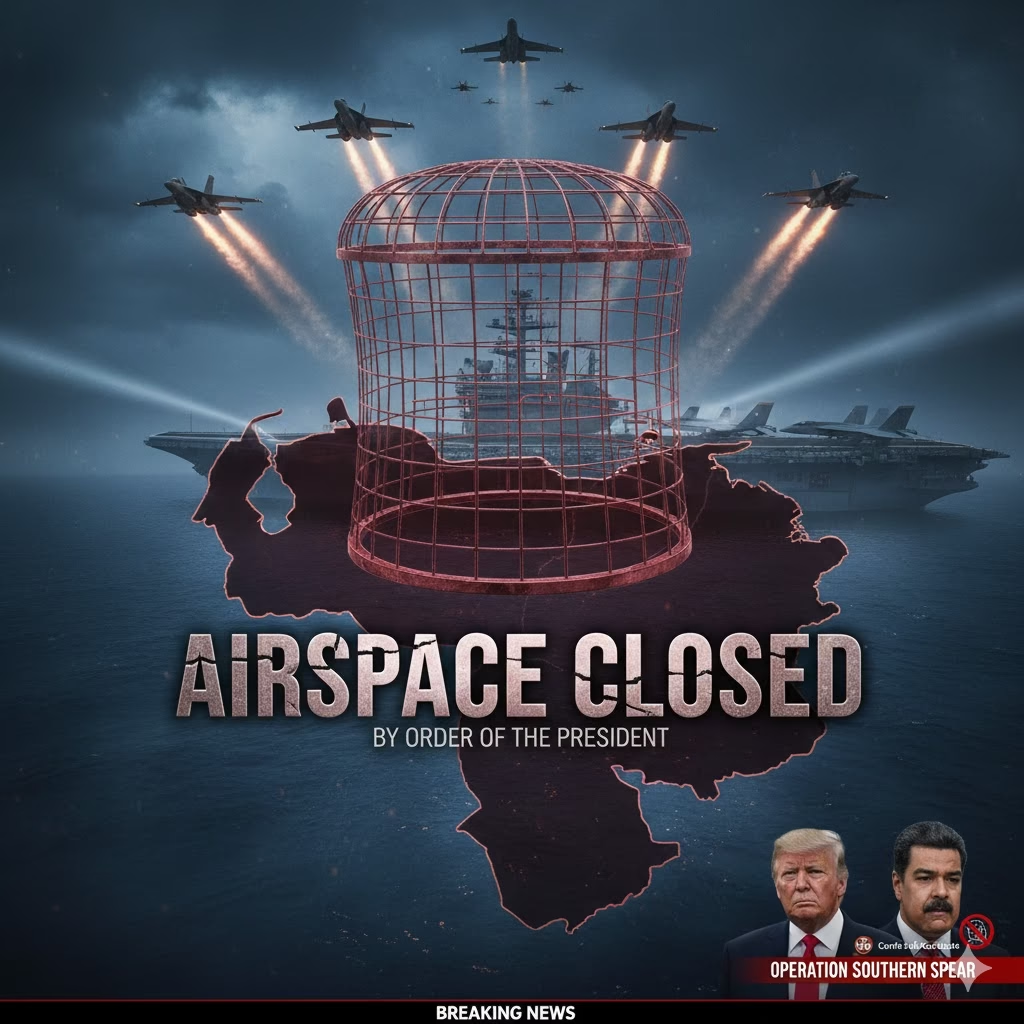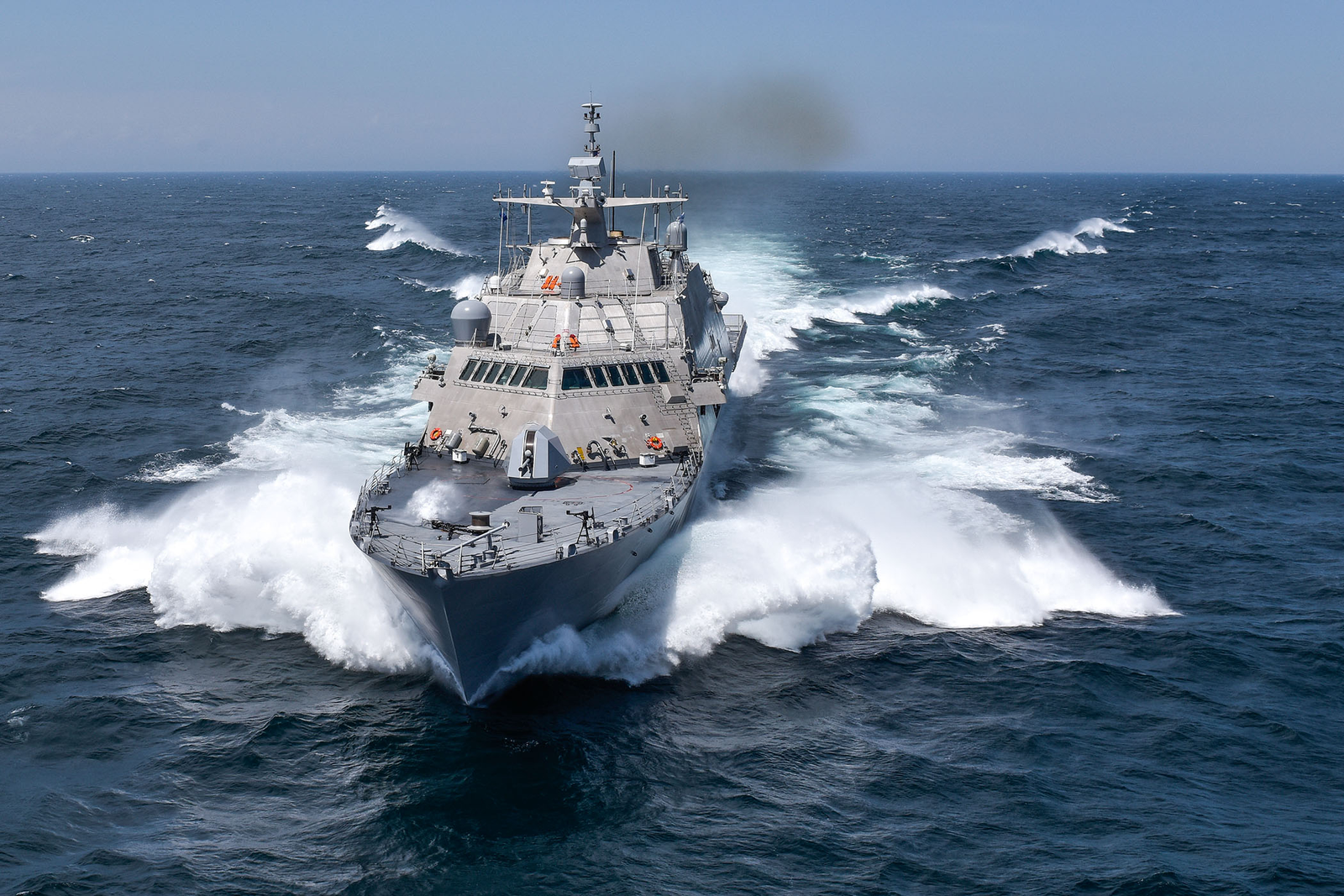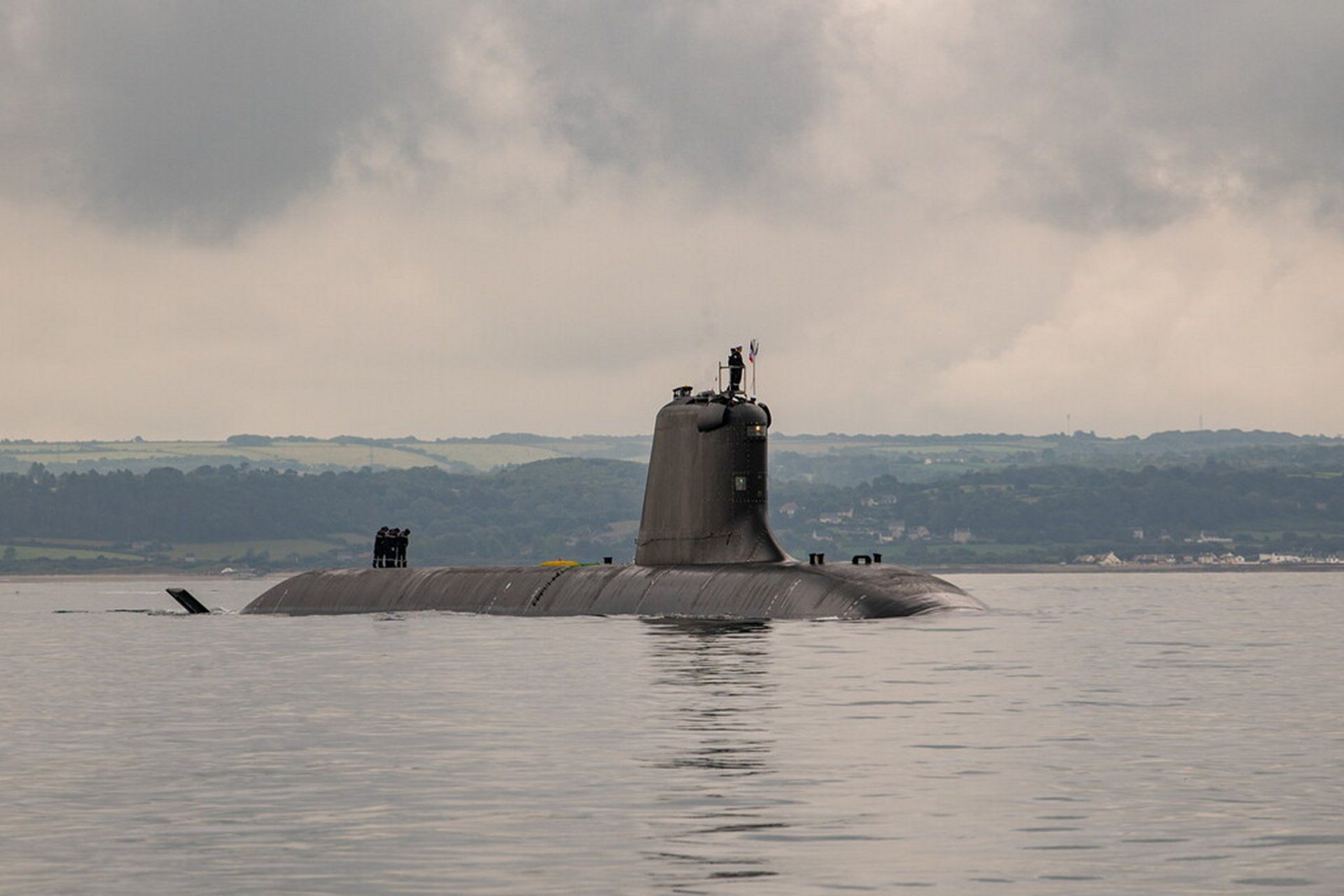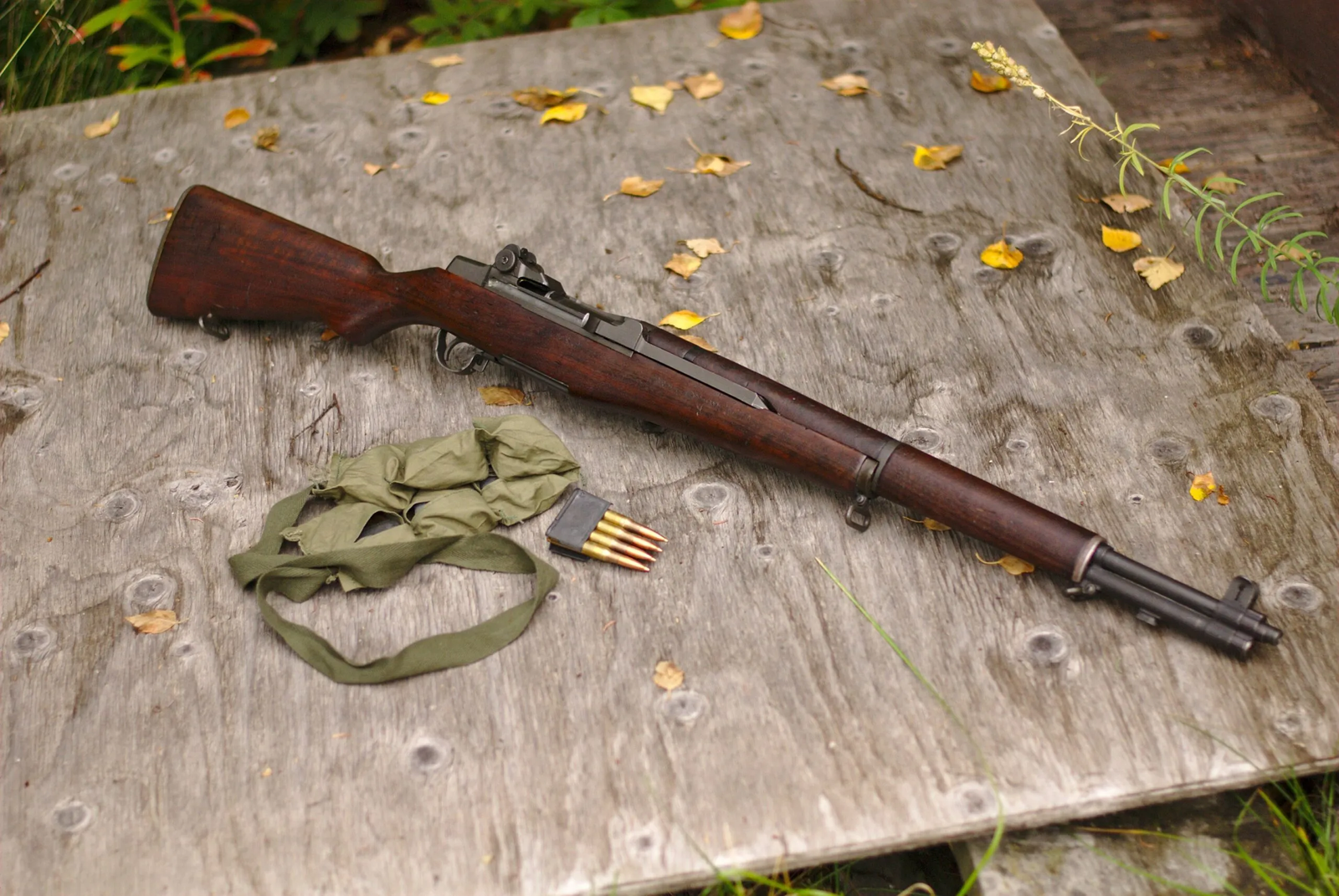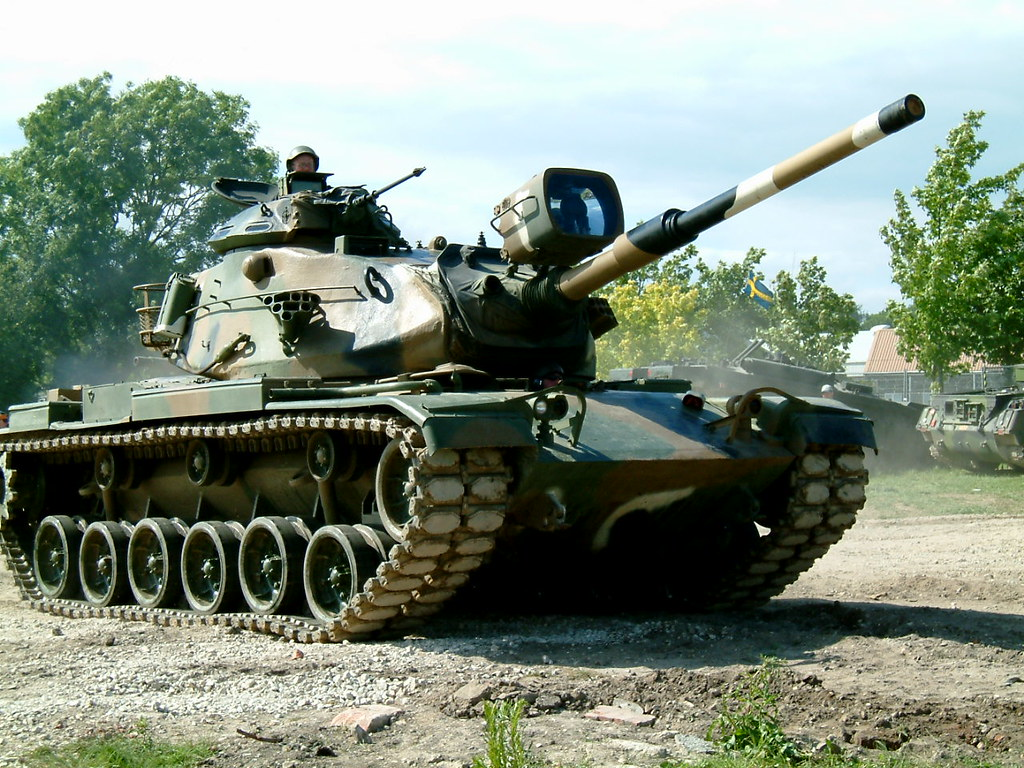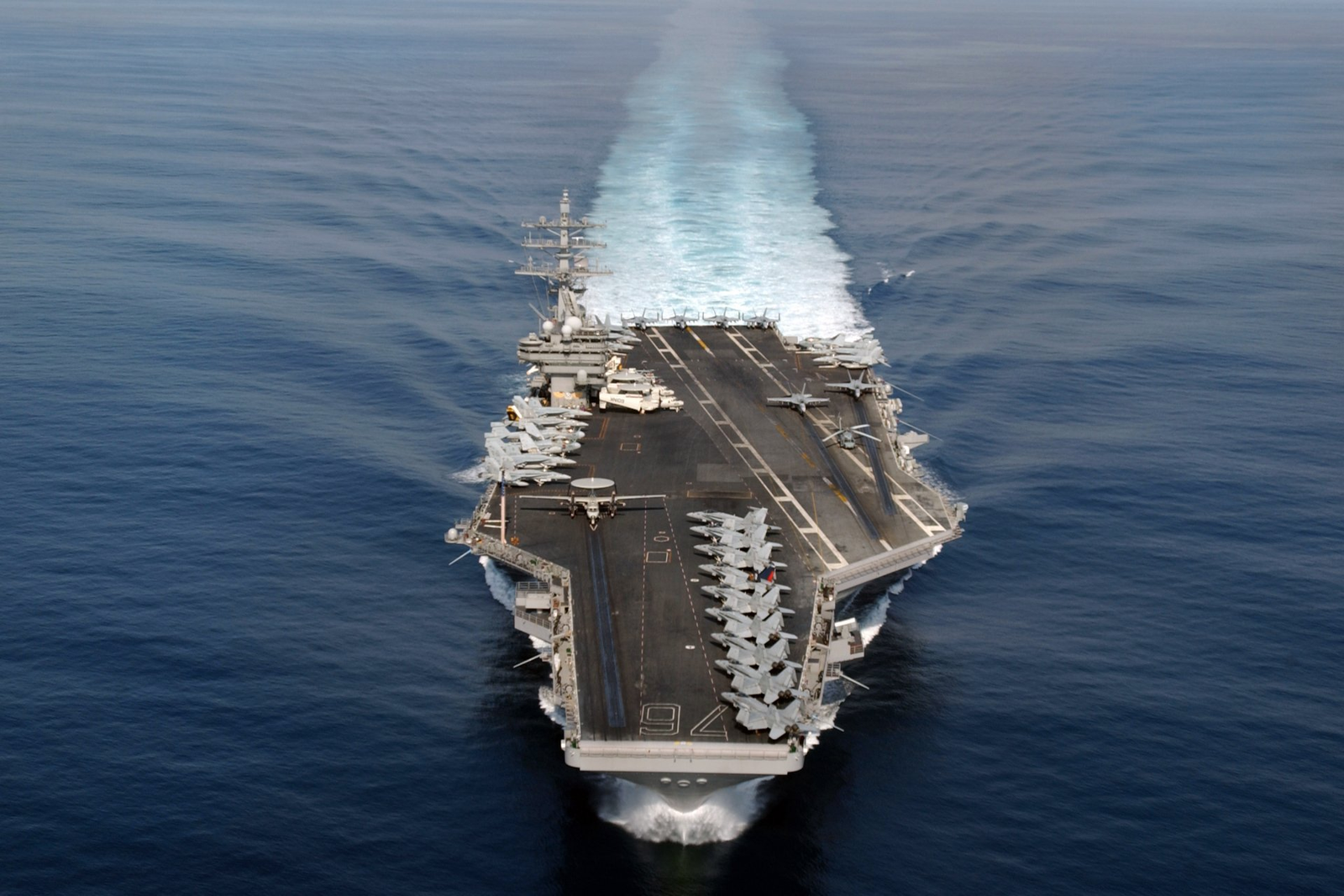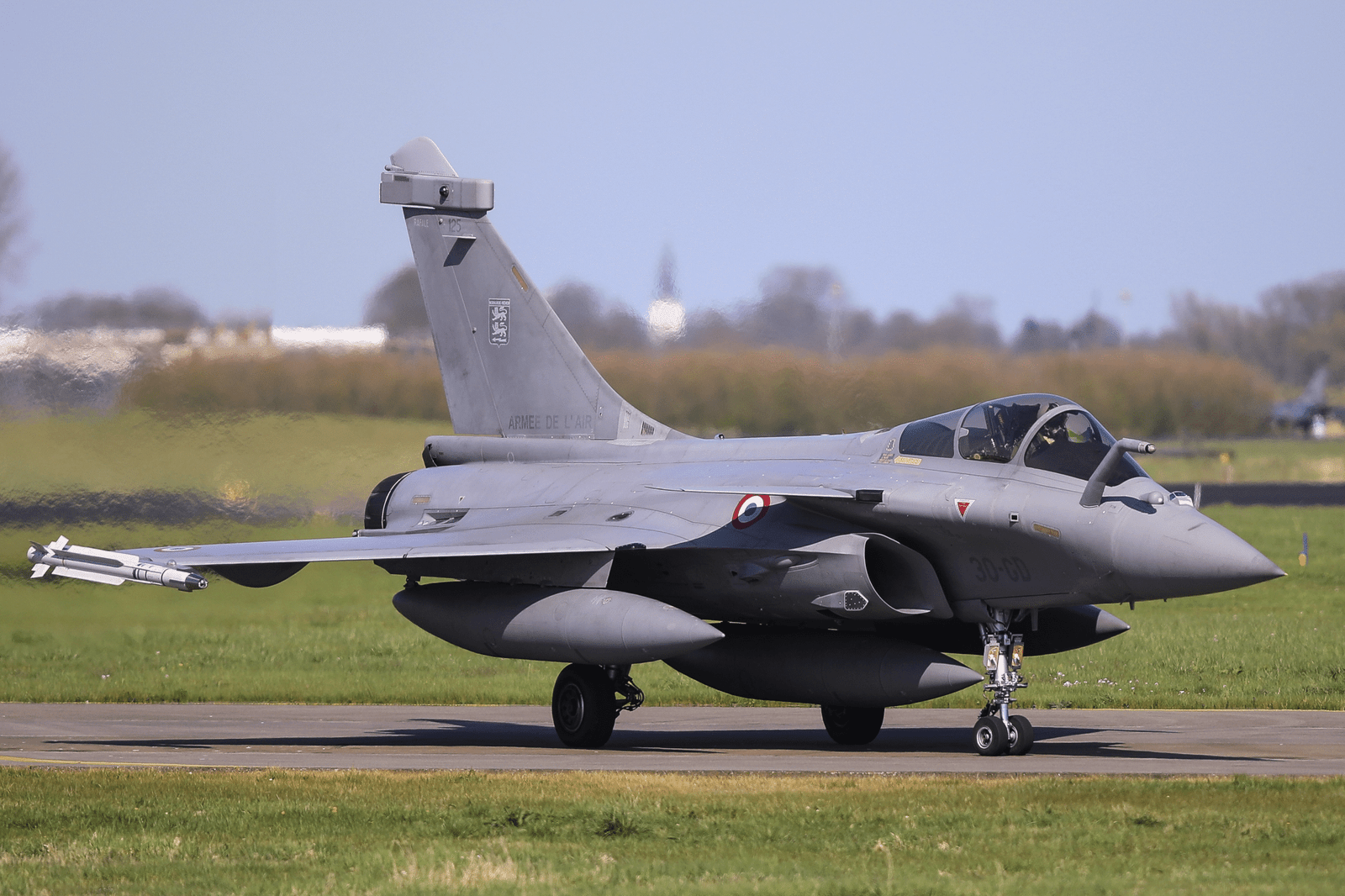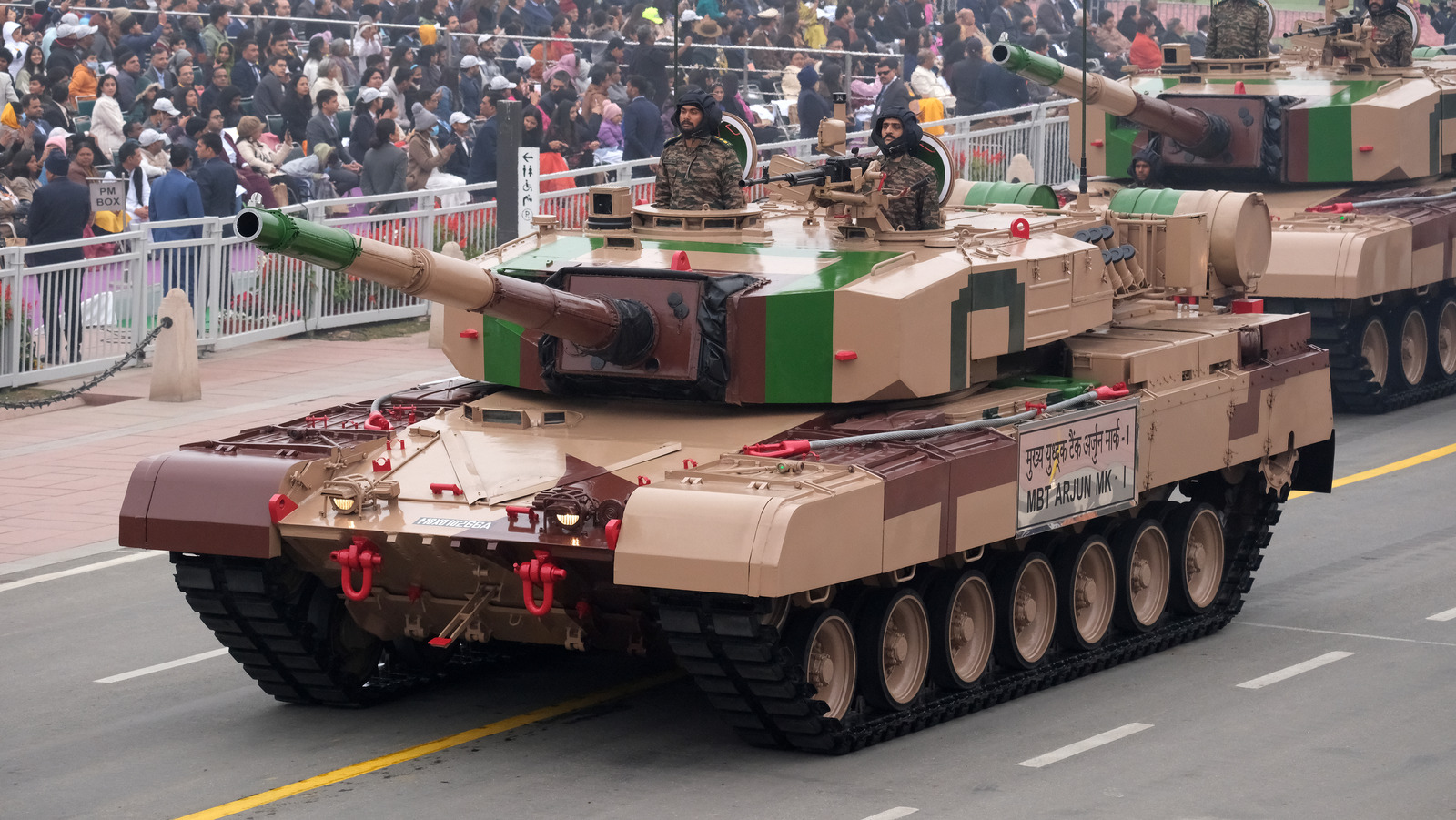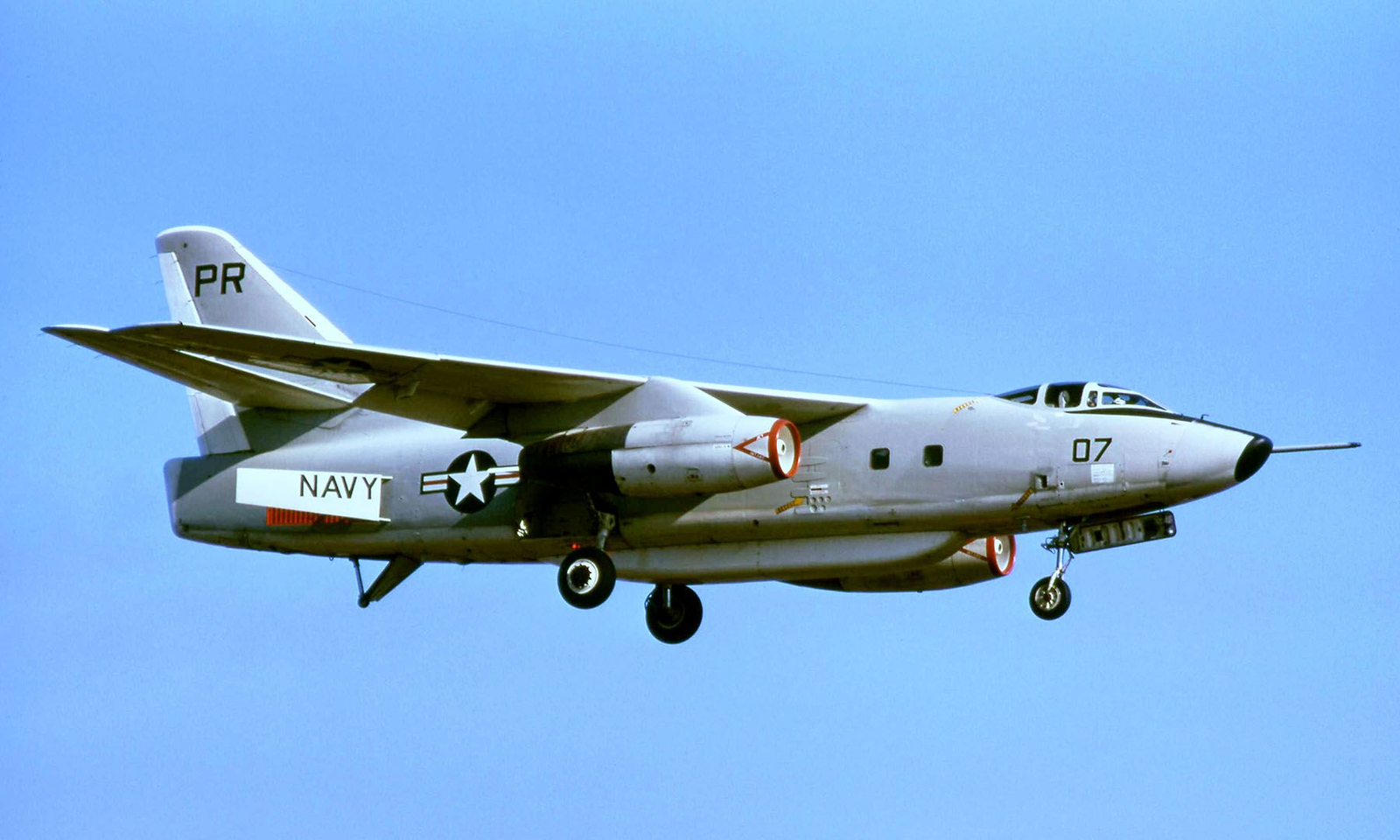
Military aviation has always been a proving ground for bold experiments, unexpected designs, and some truly out-there ideas. While many of these aircraft never reached mass production, their influence still ripples through modern aerospace engineering. Some were brilliant dead ends; others changed everything. Here’s a countdown of ten of the strangest and most significant experimental military aircraft to ever take flight, starting with the unusual and ending with the revolutionary.

10. McDonnell XF-85 Goblin – The Bomber’s Bodyguard
Imagine a jet fighter small enough to fit within the belly of a bomber. That was the idea behind the McDonnell XF-85 Goblin—a “parasite fighter” that would ride aboard a B-36, drop off in mid-air to engage enemy planes, and then reattach for the return trip. It sounded great on paper, but turbulence and hooking up were a disaster. Numerous test flights resulted in the Goblin crash-landing in the desert. The program was later dropped, but the Goblin is an intriguing insight into Cold War bomber protection thinking.

9. Convair F2Y Sea Dart – Jet Fighter on Water Skis
The Sea Dart made a mad grab at a peculiar challenge: launching jet fighters off water without a runway. Its engineers thought, why not take off from water? So they outfitted this delta-winged, sleek jet with retractable skis and took it for test runs on lakes and bays. It did make a few flights, but issues with stability and engine performance closed down the program. Although it never saw production, the Sea Dart remains a fearless—and quintessentially bizarre—venture in naval aviation.

8. NASA M2-F1 – The Wingless Wonder
More in the guise of a backyard project than a serious airplane, the M2-F1 was a slender lifting body with not a wing to be seen. Constructed primarily of wood and fiberglass, it was intended to experiment with how an aircraft without wings could produce lift. It was initially pulled across the desert behind a car—yes, a car—before being catapulted up into the air by a tow plane. Although it has a bizarre shape, the M2-F1 paved the way for spaceplane reentry vehicles by demonstrating that unconventional shapes could glide and land intact.

7. Vertol VZ-2 – First Steps towards VTOL
Well before the tiltrotor became familiar, the Vertol VZ-2 was experimenting with vertical takeoff and landing. Using tilt-wing technology that swung the whole wing and propellers up, it could take off vertically like a helicopter and switch to forward flight. Constructed in the late 1950s, the VZ-2 made hundreds of flights and showed engineers what worked about VTOL mechanics. It didn’t go into operation, but its genetic code is in every tiltrotor aircraft airborne today.

6. Rockwell XFV-12 – Pursuing Supersonic VTOL
Whereas the VZ-2 was taking baby steps, the XFV-12 was aiming for the moon. This American project of the 1970s attempted to merge vertical takeoff and supersonic flight. It borrowed components from the A-4 and F-4 but had an odd wing system designed to increase thrust for vertical lift-off. The idea was innovative, but it simply didn’t take off as intended. The Harrier, which was already tested and less complex, won out. Nevertheless, the XFV-12 is one of the more ambitious efforts to press the envelope when it comes to carrier aviation.

5. Lockheed F-117 Nighthawk – The Stealth Pioneer
When the F-117 initially emerged, people did not know what to think of it. With flat, angular surfaces and an entire design dedicated to evading radar, it resembled something from a science fiction movie. But beneath the bizarre looks was a game-changer: the world’s first functional stealth aircraft. Designed in secret, the Nighthawk demonstrated that low-observable technology could allow pilots to shoot first and remain unseen. It paved the way for an era in which visibility wasn’t just a weakness, but a vulnerability.

4. Bell X-1 – The Sound Barrier Breaker
The Bell X-1 is a bullet with wings—and no mistake about it. Designed to push the unknown frontier of supersonic flight, the X-1 was released from a B-29 under rocket power. Test pilot Chuck Yeager flew it past Mach 1 on October 14, 1947, and became the first individual to break the sound barrier in level flight. The feat not only destroyed a benchmark—it broke open the doors to supersonic flight and rewrote the limits of what aircraft could achieve.
3. North American X-15 – To the Edge of Space
Where the X-1 pushed past the sound barrier, the X-15 left Earth in its dust. The rocket plane climbed higher and faster than any other, taking pilots to more than Mach 6 speeds and altitudes yet achieved, plowing into the edge of space. Pilots felt weightlessness, intense heat, and savage g-forces—all for the sake of research. The information collected from these flights influenced spacecraft design and even aided in the design of the Space Shuttle program. Various pilots even received astronaut wings for these high-altitude flights.

2. NASA X-43A – The Scramjet Trailblazer
Scramjets are one of those technologies that are easy to describe but difficult to get to work. The X-43A set out to demonstrate that they could. Scramjets draw on air, not like rocket engines, so they’re lighter and more efficient. The X-43A in 2004 flew over Mach 9, breaking records and demonstrating to the world that scramjets could work in flight. Although still experimental, the X-43A provided a taste of what hypersonic aircraft might do in the future—perhaps even one-day commercial or orbital transports.

1. Lockheed YF-22 – Birth of a Modern Predator
Leading this list is the YF-22—the progenitor to the now-legendary F-22 Raptor. Produced during the Cold War, the YF-22 brought together stealth, supermaneuverability, and cutting-edge avionics to redefine air superiority. Rivaling the Northrop YF-23, the YF-22’s advantage in agility and design earned it the production order. Its offspring, the F-22, remains one of the most technologically advanced fighters in the world’s air forces today. It all began, however, with this daring prototype.

From Curiosity to Combat
Each of these planes was constructed to provide an answer to a question, sometimes practical and sometimes visionary. Could a fighter take off from water? Could pilots land aircraft without wings? Could radar be made obsolete? Although not all did reach front-line service, the impact is obvious. From stealth technology to hypersonic propulsion, the strangest-looking designs tend to spawn the greatest advances. And in military aviation, boldness sometimes requires flying straight into the unknown, because that’s where progress resides.

